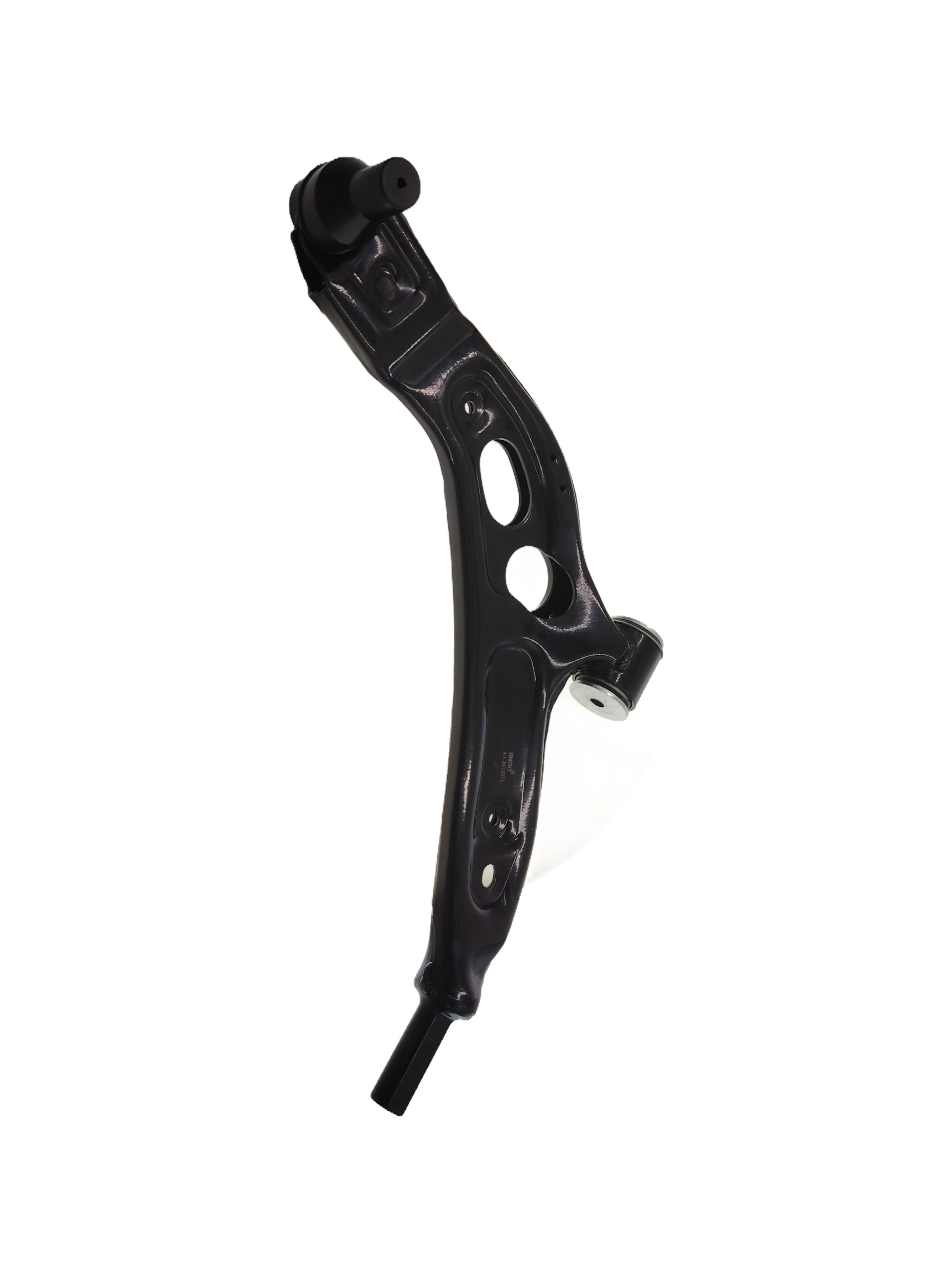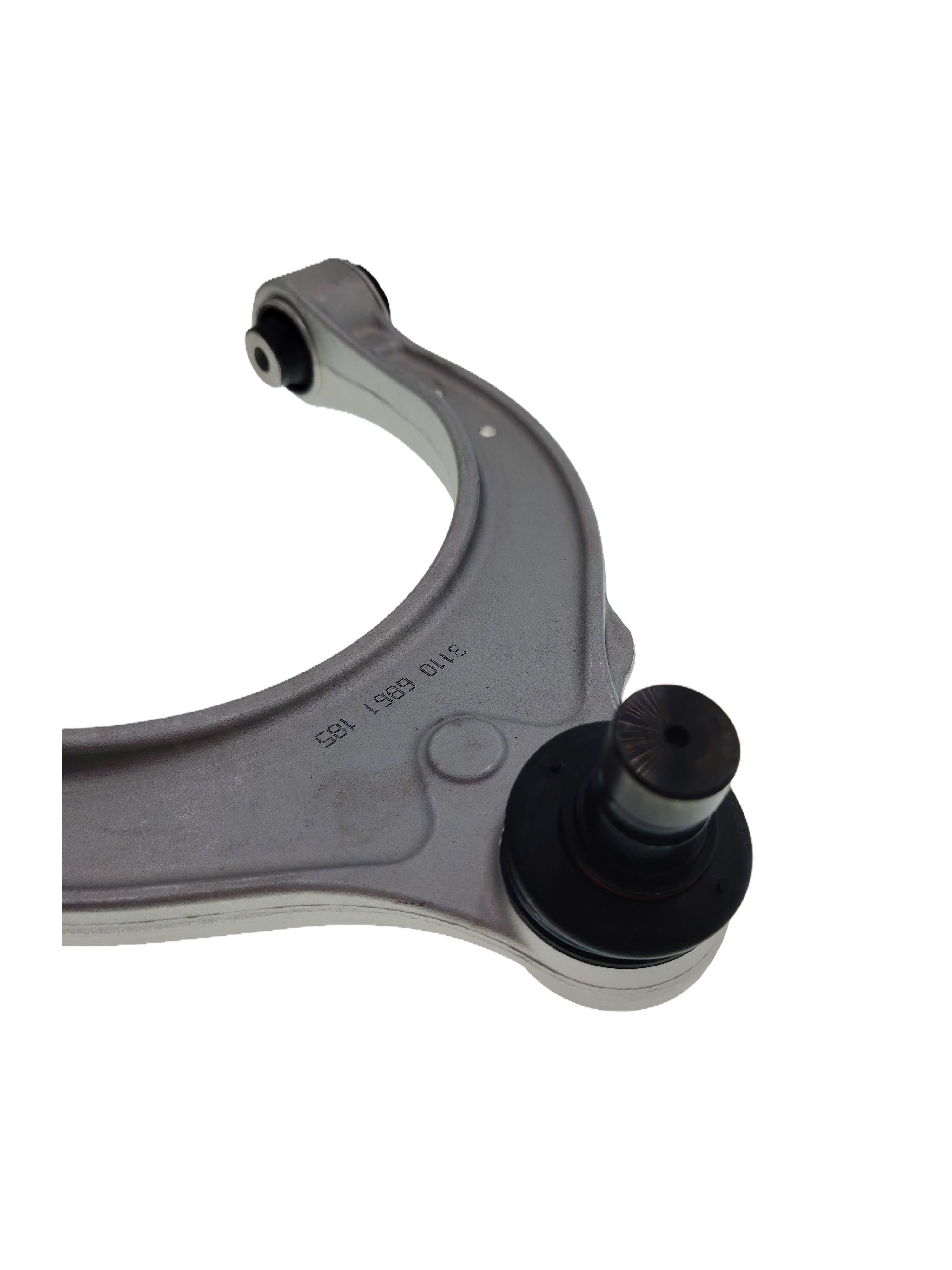Optimizing Custom Control Arms for Maximum Value
Custom control arms are key parts of a vehicle’s suspension system, connecting the frame to the wheels and controlling how the wheels move. Unlike standard control arms made for mass-produced cars, custom control arms are designed for specific needs—like racing, off-roading, or upgrading a vehicle’s performance. Optimizing them means getting the best balance of strength, weight, durability, and cost. Whether you’re building a race car or upgrading a truck, making the most of custom control arms ensures they add real value, not just extra expense. Let’s break down how to optimize them.
Understand Your Vehicle’s Needs
The first step in optimizing custom control arms is knowing exactly what your vehicle requires. Different uses demand different features, and a “one-size-fits-all” custom design won’t deliver maximum value.
For example, race cars need control arms that are light and stiff to improve handling. Every extra pound slows the car down, so lightweight materials matter most here. Off-road vehicles, on the other hand, need control arms that are strong and flexible—able to handle bumps, rocks, and uneven terrain without bending or breaking. Durability and impact resistance are key here, even if that means adding a little weight.
Daily drivers upgrading their suspension might prioritize comfort and longevity. Custom control arms here should reduce vibrations and wear, making the ride smoother while lasting for years. They don’t need the extreme lightness of race parts or the ruggedness of off-road ones, so a mid-range design works best.
Even within these categories, details matter. A truck used for heavy towing needs control arms that can handle extra weight without sagging. A vintage car being restored might need custom arms to fit modern suspension parts while keeping the original look. By defining your vehicle’s primary use, you can focus on the features that add the most value, avoiding unnecessary upgrades that drive up cost.
Choose the Right Material
The material of custom control arms directly affects their performance, durability, and price. Choosing the right material is a big part of optimization—pick something too weak, and they’ll fail; pick something overkill, and you’ll waste money.
Steel is a common choice for custom control arms. It’s strong, affordable, and easy to shape. Mild steel works for basic upgrades or off-road vehicles where cost and toughness matter. High-strength steel (like chromoly) is stronger and lighter than mild steel, making it good for racing or heavy-duty use. It costs more than mild steel but offers better performance for vehicles that need it.
Aluminum is another option. It’s much lighter than steel—about half the weight—so it’s great for race cars or performance vehicles where speed and handling are key. Aluminum also resists rust, which is a plus for daily drivers in wet climates. However, it’s not as strong as steel, so it’s not ideal for off-roading or heavy towing. It’s also more expensive, so it’s only worth it if lightness is a top priority.
Carbon fiber is the lightest and stiffest material, but it’s very expensive. It’s mostly used in high-end racing (like Formula 1) where every ounce counts. For most users, carbon fiber is overkill—steel or aluminum offer better value.
The best approach is to match the material to your needs. If you’re building an off-road truck, mild or high-strength steel gives the durability you need at a reasonable cost. If you’re upgrading a sports car for better handling, aluminum balances weight and strength. Only choose carbon fiber if you have a specific, high-performance goal that justifies the cost.

Optimize the Design for Performance
A custom control arm’s design—its shape, thickness, and how it connects to other parts—has a huge impact on how well it works. A good design maximizes strength where needed and cuts weight where possible, without adding unnecessary complexity (which raises cost).
Start with the shape. Control arms need to be stiff enough to keep the wheels aligned but flexible enough to absorb small impacts. A “C” or “U” shape (called a “tubular” design) is common because it’s strong and light. The tube’s diameter and wall thickness can be adjusted: thicker walls add strength (good for off-roading), while thinner walls save weight (good for racing).
The connection points—where the control arm attaches to the frame and wheel hub—are critical. These areas take the most stress, so they need extra reinforcement. Adding gussets (small metal plates) at the joints strengthens them without much extra weight. The bolts or bushings used here should also match the design: stiffer bushings improve handling for race cars, while softer ones add comfort for daily drivers.
Weight distribution is another design factor. Moving weight closer to the vehicle’s center (lower unsprung weight) improves handling and reduces wear on tires. A well-designed custom control arm will be shaped to keep its mass centered, even if that means a slightly more complex shape.
Computer-aided design (CAD) tools help here. They let engineers test different shapes virtually, seeing where stress builds up and where weight can be cut. This ensures the final design is strong where it needs to be and light elsewhere, optimizing both performance and cost.
Balance Cost and Customization
Custom control arms are more expensive than off-the-shelf parts, but that doesn’t mean you have to overspend. Optimizing for value means getting the features you need without paying for ones you don’t.
First, avoid over-engineering. For example, adding carbon fiber to an off-road control arm might make it lighter, but it won’t handle rocks better than steel—and it will cost 10 times more. Stick to materials and designs that match your use case.
Batch production can lower costs. If you’re building multiple vehicles (like a small race team or a workshop), ordering custom control arms in batches reduces per-unit costs. Manufacturers often offer discounts for larger orders, so this is a good way to save if you need more than one set.
Simplify where possible. Complex shapes or unique features (like custom logos or non-standard mounts) add to the cost. If a basic tubular design works, there’s no need for fancy curves. Focus on function over form unless the look is part of your goal (like a show car).
Compare quotes from different manufacturers. Prices can vary a lot, even for similar designs. Ask for details on materials, manufacturing methods, and testing—cheaper isn’t always better if it means lower quality. A slightly higher price from a reputable maker might save you money in the long run by avoiding failures or replacements.
Test and Adjust
Even the best designs need testing to ensure they work as intended. Optimizing custom control arms isn’t just about the initial design—it’s about making tweaks based on real-world use.
Start with prototype testing. Before full production, build a few sample control arms and test them in conditions similar to their intended use. For race arms, test them on a track to check handling and weight. For off-road arms, use a test rig or take them on rough trails to see how they hold up. Look for signs of stress (like bending or cracks) or poor performance (like excessive vibration).
Measure key metrics: how much the arm bends under load, how it affects the vehicle’s alignment, and how it holds up over repeated use. Compare these results to your goals—if the arm is too flexible for racing, thicken the walls; if it’s too heavy for a daily driver, trim excess material.
Real-world feedback is also important. If you’re using the control arms on a daily driver, note how the ride feels after a few months. If they’re for a race car, track lap times and handling feedback from drivers. Small adjustments—like changing bushing stiffness or reinforcing a weak spot—can make a big difference in value.
Testing might add time and cost upfront, but it prevents bigger problems later. A control arm that fails during use can damage other parts of the vehicle or cause accidents, costing far more than the testing itself.
Ensure Compatibility with Other Parts
Custom control arms don’t work alone—they connect to the frame, wheel hub, shocks, and other suspension parts. If they don’t fit or work with these parts, they’ll underperform or even cause damage, wasting your investment.
Start by checking measurements. The control arm’s length, mounting points, and angle must match the vehicle’s existing suspension. A control arm that’s too long or short will throw off wheel alignment, leading to poor handling and uneven tire wear. Use precise measurements (from the vehicle’s specs or 3D scans) to ensure a perfect fit.
Consider how the control arm interacts with other parts. For example, a longer control arm might improve off-road articulation but could rub against the frame or shocks when the wheel moves. Clearance is key—there should be enough space for the arm to move freely without hitting other components.
Bushings and ball joints (the parts that let the control arm pivot) must also match. Stiffer bushings work well with performance shocks but can make the ride harsh if paired with soft, comfort-focused shocks. Choose components that complement each other to get the best performance.
If you’re upgrading other suspension parts (like coilovers or sway bars), design the custom control arms to work with them. A coordinated system will perform better than mismatched parts, ensuring you get value from every upgrade.
FAQ
What’s the difference between custom control arms and standard ones?
Standard control arms are mass-produced to fit many vehicles, so they’re a “one-size-fits-most” solution. Custom control arms are designed for a specific vehicle or use, offering better performance, fit, or durability for that need.
How much do custom control arms cost?
Prices range from $200 to $2,000+ per set, depending on material (steel is cheaper than aluminum or carbon fiber), design complexity, and quantity. Off-road or racing arms usually cost more due to stronger materials.
How long do custom control arms last?
With proper design and material choice, they can last 5–10 years or more. Steel arms in daily drivers often last longer than aluminum ones in race cars (which see more stress). Off-road arms may need replacement sooner if they take heavy impacts.
Can I install custom control arms myself?
If you have mechanical experience and tools (like a torque wrench and alignment tools), yes. But improper installation can affect handling or cause failure, so many people hire a professional, especially for performance or racing vehicles.
Do custom control arms improve fuel efficiency?
They can, indirectly. Lightweight arms (like aluminum) reduce the vehicle’s overall weight, which can improve fuel economy. However, the effect is small—don’t expect big savings unless paired with other weight-reduction upgrades.

